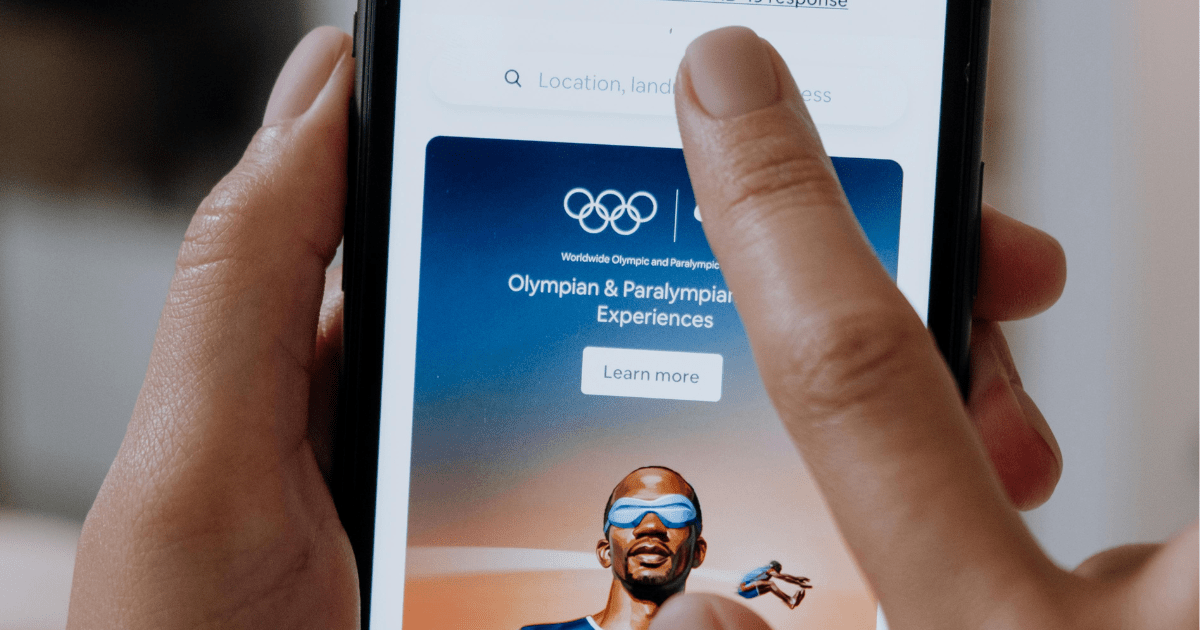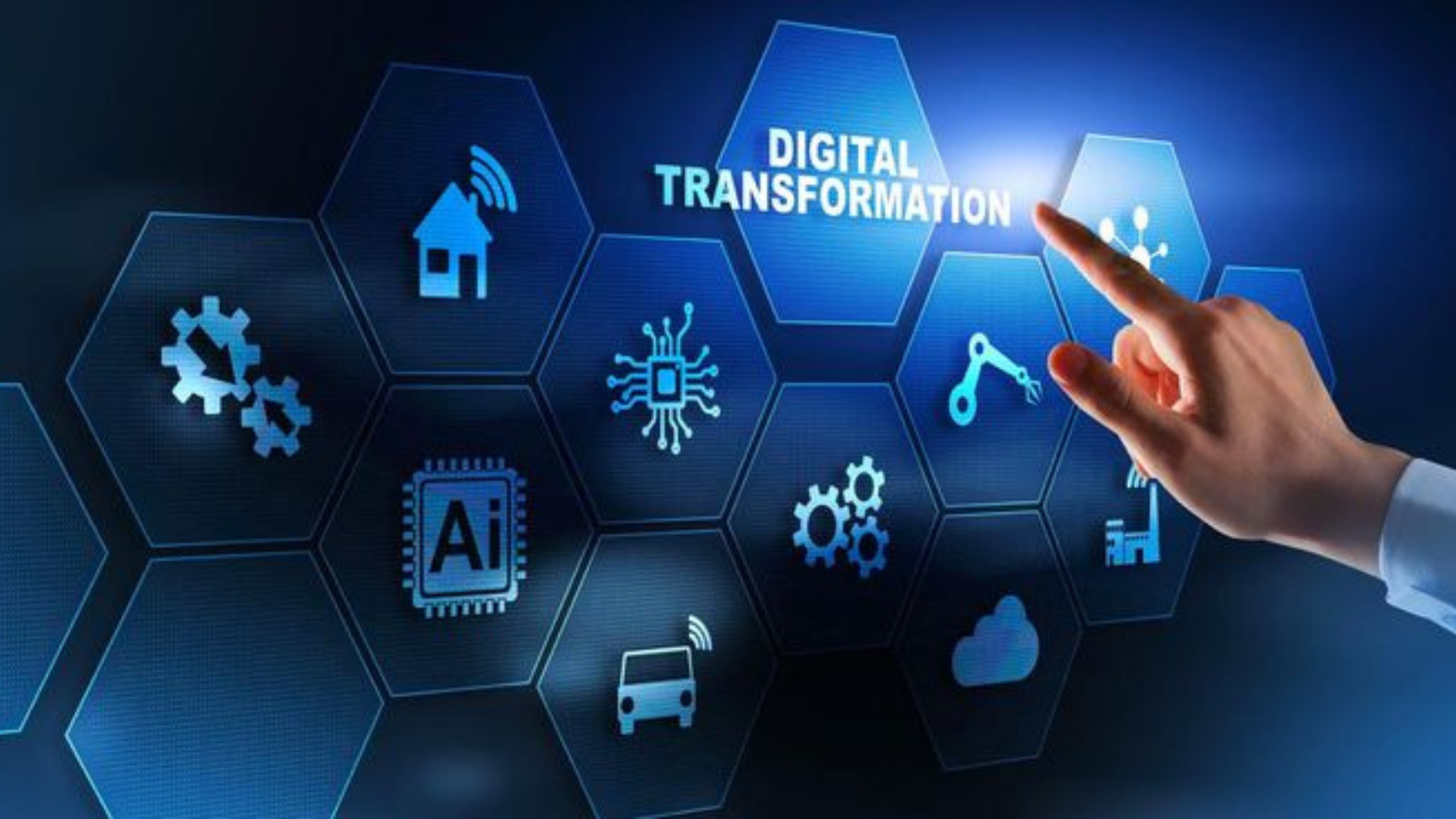Introduction to the digital advertising landscape
The business world is becoming too competitive and, for any company to reach its target market and achieve good results, all means of getting an upper hand should be adhered to. For this reason, in the forever dynamic world of digital marketing, businesses need to be one step ahead in order to reach and impress the audience with their services. This is how they can drive tangible results.
Now, we are moving ahead towards the year 2024, where the digital advertising landscape will take a dramatic shift with a host of innovative trends appearing that will reimagine the way brands interact with their customers.
In this article, we’ll explore the top 5 advertising trends that are likely to rock the industry in the upcoming years. From the increasing use of artificial intelligence to the power of augmented reality and influencer marketing, we’ll discover how you can use these cutting-edge new developments to elevate your ad campaigns and stay ahead of the competition.
Importance of staying updated with advertising trends
In fast-paced digital marketing, the idea of being nimble and open to new trends is critical. Being in the know of the latest advancements and innovations will help businesses establish a presence and superiority in their given field and further effectively reach out to their target market.
Emerging advertising trends give you the opportunity to:
Create better engagement with your customers: Trends will help you create more personalized, interactive, and engaging advertising experiences that will click with your audience.
Optimize campaign performance: Using innovative technologies and strategies can help you optimize your advertising efforts, increase conversions, and drive measurable results.
Outpace the competition: Leading-edge trends, when adopted before competitors, will help you make a difference, stand out, and become an ace in the industry.
Future-proof your advertising strategy: Knowing and adopting the evolving digital landscape means you’re future-proofing your advertising strategy, making sure your campaigns stay relevant and effective through the years.
Trend 1: Artificial Intelligence in Advertising
One of the most exciting strides in the world of digital advertising is the growing integration of artificial intelligence (AI). AI-powered technologies are changing the way brands create, deliver, and optimize their advertising campaigns to reach unparalleled levels of precision, efficiency, and personalization.
Predictive Analytics: Advertisers can benefit from AI-driven predictive analytics by taking advantage of the possibility of predicting consumer behavior and preferences to communicate a highly personalized message. Through analysis, AI algorithms extract insights into patterns, trends, and insights from data that can form the basis of more effective advertising strategies.
Automated Ad Creation: AI-driven tools have automated the process of ad creation to enable brands to run fully personalized and dynamic ads. These AI-driven platforms enable the creation and optimization of ad content based on available audience preferences, device type, and real-time performance data to make the ad maximally relevant and engaging.
Programmatic Advertising: AI incorporation in the programmatic advertising platforms has transformed the buying, selling, and placement of digital ads. With the analysis of real-time user data, market trends, and ad performance, AI algorithms can help advertisers optimize ad placement and bid to achieve maximum impact.
Chatbots and Conversational AI: AI-based chatbots and virtual assistants have taken over advertising, and these tools provide an effective way for companies to hold personalized, conversational interactions with their customers. In such intelligent systems, it’s possible to make product recommendations, answer inquiries, and even close sales, which in turn improves customer experience.
As AI continues to evolve and become more intelligent, the effect on the digital advertising industry will become more profound. Businesses that apply these AI-driven capabilities can therefore unlock new levels of efficiency, personalization, and customer engagement, setting them up for success in the years to come.
Trend 2: Personalized Advertising
In the midst of the sea of advertising messages that consumers face, to have the capability to stand out and connect with your target is actually a very important strategy today. This has produced the rise of personalized advertising.
Data-Driven Personalization: Using the wealth of customer data available to businesses, they can now craft highly targeted and personalized advertising campaigns that relate directly to the needs, interests, and behaviors of their audience. This includes their browsing history, purchase behavior, and demographic details that let advertisers serve up customized ad content that resonates on an even deeper level.
Dynamic Creative Optimization: Advancements in dynamic creative optimization (DCO) technology allow advertisers to automatically generate and serve personalized ad content in real-time. Through the use of AI and machine learning, DCO platforms can adapt the creatives of ads, like images, copy, and calls-to-action, based on individual user preferences and behavior.
Hyper-Segmentation: This granular hyper-segmentation—that is, segmenting an audience into very specific and well-defined groups—has become something of a game-changer in the world of personalized advertising. By digging deeper into customer data, advertisers can create very high-targeted campaigns that resonate with the unique needs and pain points of specific consumer segments, driving higher engagement and conversion rates.
Omnichannel Personalization: At its core, effective omnichannel marketing is all about delivering a consistent and personalized experience across all possible touchpoints. By integrating customer data from various channels, businesses can create a seamless, personalized advertising journey that follows the customer throughout their entire purchasing lifecycle.
The importance of embracing personalized advertising strategies, therefore, can never be overemphasized as the trend of consumers demanding more and more personalized and relevant advertising experiences continues to grow. By leveraging the power of data-driven personalization, businesses have the power to build stronger connections with their audiences, break through the noise, and drive truly remarkable results.
Trend 3: Voice Search and Advertising
The rising acceptance of voice-activated products, from smart speakers to virtual assistants, is redefining the landscape of voice search and, by extension, digital advertising as a whole. With a growing number of end consumers choosing to interact with voice-based interfaces for their information, transactions, and brand engagements, advertisers need to align their strategies accordingly to capitalize on this emerging trend.
Voice Search Optimization: Voice search optimization is going to be key for your content and campaigns in the coming years. It includes creating short and conversational ad copy that follows the natural language patterns of voice searches, and making sure your website and landing pages are also optimized for voice search.
Audio Advertising: The popularity of voice-activated devices has brought about the emergence of audio advertising. Now, brands can create more targeted audio-based ads, which are pushed directly to the end consumer through their voice-activated device to create a more immersive and targeted advertising experience.
Conversational Advertising: The rise of conversational AI via chatbots and virtual assistants within the ad tech ecosystem brings about more natural and more conversationally led interactions between brands and consumers. Advertisers can leverage these intelligent systems to provide personalized product recommendations, answer inquiries, and even facilitate purchases through voice-based interfaces.
Measurement and Analytics: Measuring the performance and effectiveness of voice-based ad campaigns requires building new measurement and analytics tools. Advertisers have to align data collection and attribution models to get an accurate view of the impact of voice-driven interactions and conversions.
As voice search and voice-enabled devices continue to take over the mainstream, it will be of increasing importance to include such trends in your advertising strategy. Businesses that will adopt and harness the power of voice-based advertising will be the ones that have positioned themselves for success in the years ahead and that can engage with their target audience in a more natural, personalized, and efficient manner.
Trend 4: Augmented Reality Advertising
That is, augmented reality is finally coming, which will transform the digital advertising world. Leveraging the power of blending the physical world with the digital experience, AR-powered advertising campaigns are capturing consumers and defining a new way for brands to interact with their audience.
Interactive Product Experiences: AR-enabled advertising will let customers \”try on\” products, or interact with them, prior to making a purchase, improving the overall shopping experience. The technology will help brands showcase their products in an engaging, more immersive way, boosting engagement and conversion rates.
Contextual Advertising: AR can be harnessed to deliver highly contextual and location-based advertising experiences. This will bring together the AR technology, showing the surrounding environment of users, to be able to serve relevant, location-based ads that blend effectively into the user’s environment, rendering a much more natural and engaging advertising experience.
Gamification and Interactivity: AR-enabled ad campaigns can include interactive elements like games and virtual experiences that encourage user engagement and improve brand recall. Through this, brands can build deeper relationships with their target customers by making advertising more fun, shareable, and memorable.
Measurement and Analytics: New measurement and analytics tools will have to be developed to track the performance of AR-led advertising campaigns. Advertisers need to adjust their data-gathering and attribution models to realistically gauge the impact of these immersive advertising experiences on consumer behavior and purchase decisions.
With the further development and accessibility of AR technology among both consumers and advertisers, the future of AR-powered advertising campaigns could be bright. In this way, businesses can design innovative, engaging, and highly effective advertising experiences that attract and retain the interest of their target audiences.
Trend 5: Influencer Marketing
Influencer marketing has firmly established itself as a powerful and indispensable component of the digital advertising landscape. As consumers become increasingly skeptical of traditional advertising methods, the ability to leverage the trust and influence of prominent individuals has become a game-changer for brands.
Micro-Influencers and Niche Influencers: While collaborating with large, high-profile influencers can be impactful, the rise of micro-influencers and niche influencers has opened up new opportunities for more targeted and cost-effective advertising campaigns. These smaller, yet highly engaged, influencers often have a more authentic and trusted relationship with their followers, making them highly effective brand ambassadors.
Influencer-Generated Content: Tapping into the creative talents of influencers can lead to the production of highly engaging and authentic content that resonates with their followers. By co-creating advertising content with influencers, brands can benefit from the influencer’s unique style and voice, fostering a more genuine and relatable advertising experience.
Influencer-Driven Commerce: The integration of influencer marketing with e-commerce platforms has given rise to a new era of “influencer-driven commerce.” Brands can now collaborate with influencers to drive direct sales and conversions, leveraging the influencer’s endorsement and the trust they’ve built with their audience.
Measurement and Analytics: Accurately measuring the impact of influencer marketing campaigns has been a persistent challenge for advertisers. However, the development of sophisticated analytics tools and attribution models is enabling brands to better track the performance and return on investment (ROI) of their influencer marketing efforts.
As consumer trust in traditional advertising continues to wane, the power of influencer marketing will only continue to grow in the coming years. By strategically partnering with the right influencers and leveraging their authentic voice and influence, brands can create highly effective and engaging advertising campaigns that resonate with their target audience.
How to Incorporate These Trends into Your Advertising Strategy
Embracing the thrilling advertising trends we’ve explored in this article can be a game-changer for your business. Here are some key steps to incorporate the following advertising trends for your advertising strategy:
Conduct a Thorough Audit: Begin by analyzing your current advertising efforts, identifying areas where you can leverage these emerging trends to enhance your campaigns.
Invest in the Right Tools and Technologies: Invest resources in tools and technologies required in the market to support your AI-driven, personalized, voice-optimized, AR-enhanced, and influencer-driven advertising efforts.
Upskill Your Team: Ensure your marketing and advertising teams are knowledgeable enough and possess the skills needed to effectively implement these trends. Provide them with training, workshops, and other educational opportunities to keep them in the loop.
Collaborate with Experts: Involve yourself in collaboration with experts in the form of agencies or consultants that have specialized knowledge in the sphere of these emerging trends in advertising so as to guide your strategy and execution.
Test, Iterate, and Optimize: Keep testing and measuring your advertising campaigns to arrive at the best strategies for your brand and your audience. Be data-driven and iterative to ensure maximum impact.
Stay Agile and Adaptable: Digital advertising is ever-changing, so keep an open and flexible mindset. Be ready to adjust your strategies as new trends and technologies appear.
By applying these state-of-the-art advertising trends to your general marketing approach, you will prepare your brand for continued success in the years to come, ensuring that you engage and tantalize your audience to inspire dramatic results.
Case Studies of Successful Campaigns Using These Trends
A few inspiring examples are included here to show the potency of these advertising trends in action:
Artificial Intelligence in Advertising: Coca-Cola’s Personalized Ad Campaign Coca-Cola used AI-powered predictive analytics to churn out a highly targeted advertising campaign. Through deep customer data analysis, the brand was capable of delivering dynamic, individualized ads that speak to the unique preferences and behaviors of each user. The result? A 10% increase in click-through rates and a 15% boost in conversion rates.
Personalized Advertising: Sephora’s Omnichannel Personalization Strategy Sephora, the world-famous beauty retailer, has been at the forefront of personalized advertising. By unifying customer data across multiple touchpoints, Sephora was able to create a seamless, personalized shopping experience for its customers. The result was a 28% increase in customer loyalty and a 19% boost in average order value.
Domino’s Voice-Enabled Ordering Domino’s Pizza harnessed the power of voice search for its voice-enabled ordering system in their mobile app. Customers could now order their favorite pizzas simply by speaking their request. This innovative approach resulted in a 16% increase in online orders and a 22% improvement in customer satisfaction.
IKEA’s AR-Powered Furniture Visualization IKEA, the furniture giant, tapped into augmented reality to enable customers to virtually \”place\” IKEA products in their own homes. In this way, this immersive and interactive experience enabled customers to gauge the look and fit of the furniture in their living spaces, giving a 25% increase in customer engagement and a 17% boost in conversion rates.
Influencer Marketing: Glossier’s Successful Micro-Influencer Campaign Glossier, the popular beauty brand, has found tremendous success by partnering with micro-influencers to promote their products. By teaming up with a network of trusted, niche-specific influencers, Glossier was able to generate a 20% increase in brand awareness and a 32% boost in customer acquisition.
These case studies reflect dramatic success that can be achieved through the adoption of the latest advertising trends. By taking the lessons from the examples and adapting them to your own efforts, you can unlock newfound success and place your brand on the path to a growth trajectory that is sustainable over the long term.
Conclusion: Embracing the Future of Digital Advertising
As we look forward into 2024 and further on, the digital advertising environment is going to experience a sea change. The trends that have been discussed throughout this article—including artificial intelligence, personalized advertising, voice search, augmented reality, and influencer marketing—are poised to redefine how brands interact with their target audiences.
Being ahead of the curve and embracing such leading-edge developments, businesses can be identified as industry leaders that manage to captivate their customers and deliver remarkable outcomes. The potential for innovation and differentiation in the digital advertising space, for example, in areas such as AI-embedded predictive analytics or personalized ad experiences, is infinite.
Let us show you more ways to implement these exciting advertising trends into your marketing strategy. Speak to one of our digital advertising experts to develop a custom plan that fits your business objectives and sets you up for success in this ever-changing digital landscape.
As we venture into the future of digital advertising, one thing remains clear: brands that can adapt and innovate, leaving the rest in their tracks, will be the ones that flourish. Ready to revolutionize your approach to advertising and take the lead in this exciting new era?







